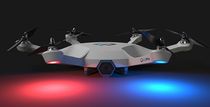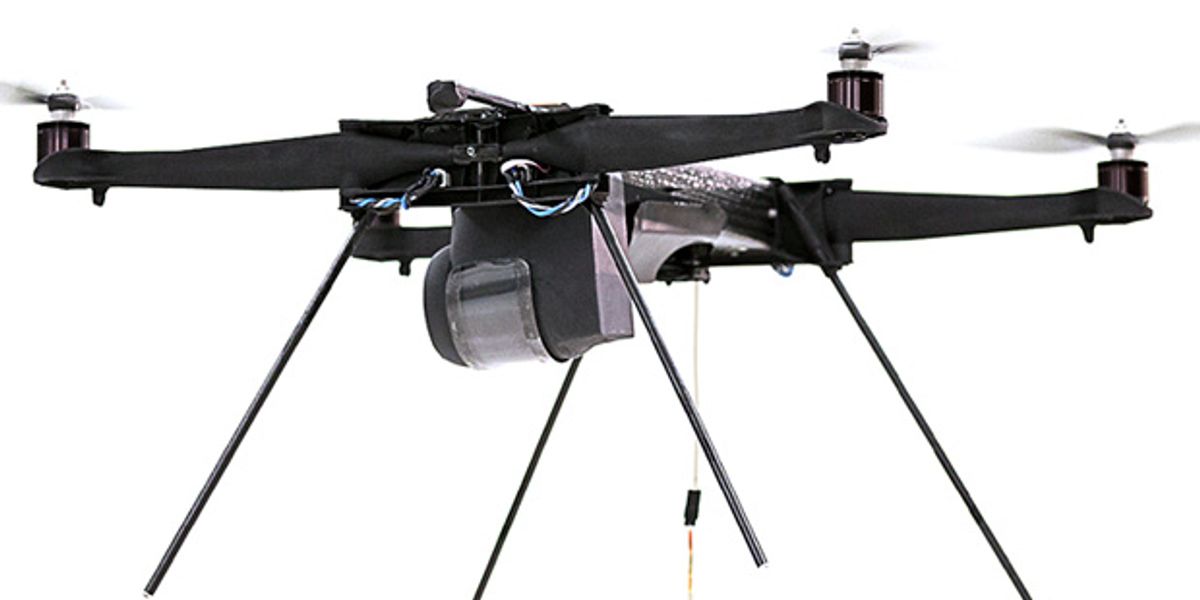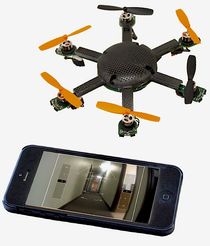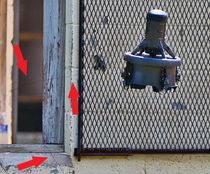EASE

EASE is a small hovering robot designed for operating in close quarters where wireless and GPS signals are limited. Applications include surveillance, search and rescue, and infrastructure inspection.
- Creator
- Year
- 2012
- Country
- United States 🇺🇸
- Categories
- Features
Did you know?
EASE stands for Extreme Access System for Entry.
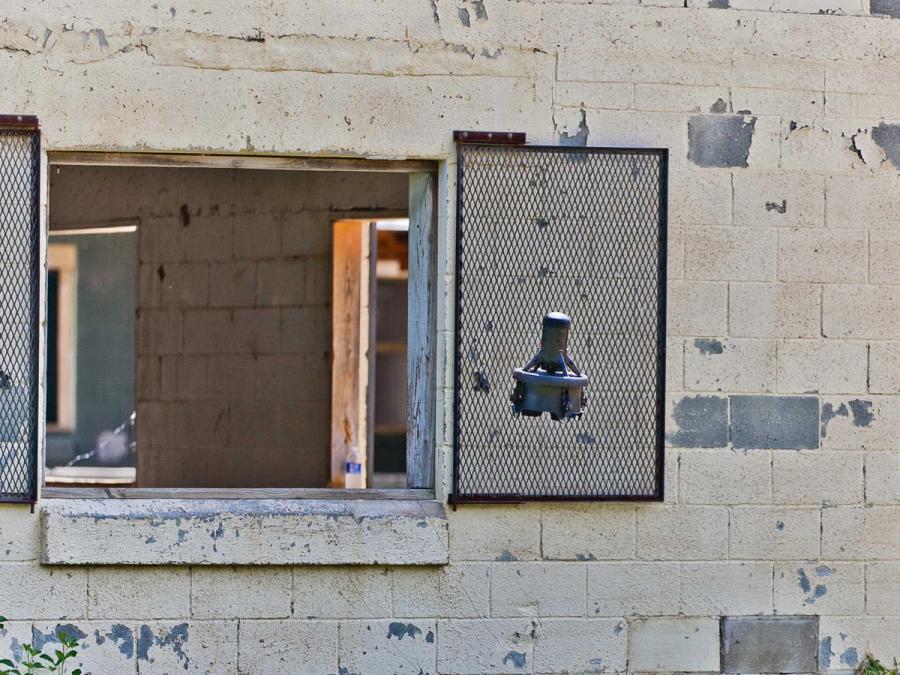
History
The EASE concept was originally conceived by CyPhy Works engineer Sam Johnson. The product architecture and EASE airframe design were developed by Jason Walker and the CyPhy team. Founded by Helen Greiner, CyPhy Works collaborated with a team at Georgia Institute of Technology to develop the control system and machine vision technology to enable indoor flight. CyPhy's unique idea was adding a tether to its drone. The microfilament would provide a constant source of power to the drone, allowing it to stay aloft much longer than if it were using a battery. CyPhy Works shut down in 2019.
Specs
- Overview
Microfilament tether carries power and data between robot and base station. Virtually unlimited flying time. Ducted fan protects rotors.
- Status
Discontinued
- Year
2012
- Website
- Width
- 30 cm
- Height
- 40 cm
- Weight
- 1.3 kg
- Sensors
High-definition video cameras (forward looking and down looking). Thermal infrared camera. Down-looking sonar. Down-looking infrared distance sensor. Upward looking infrared distance sensor. IMU.
- Actuators
Two brushless DC motors. Four micro servos.
- Materials
Carbon fiber composites.
- Compute
On-board: ARM7 processor and microcontrollers. Base station: Linux dual core computer.
- Software
Linux-based OS; proprietary control software; interoperable with open standards.
- Power
Vehicle gets power via microfilament connected to base station, which is powered by batteries, vehicles, generators, or the electrical grid.
